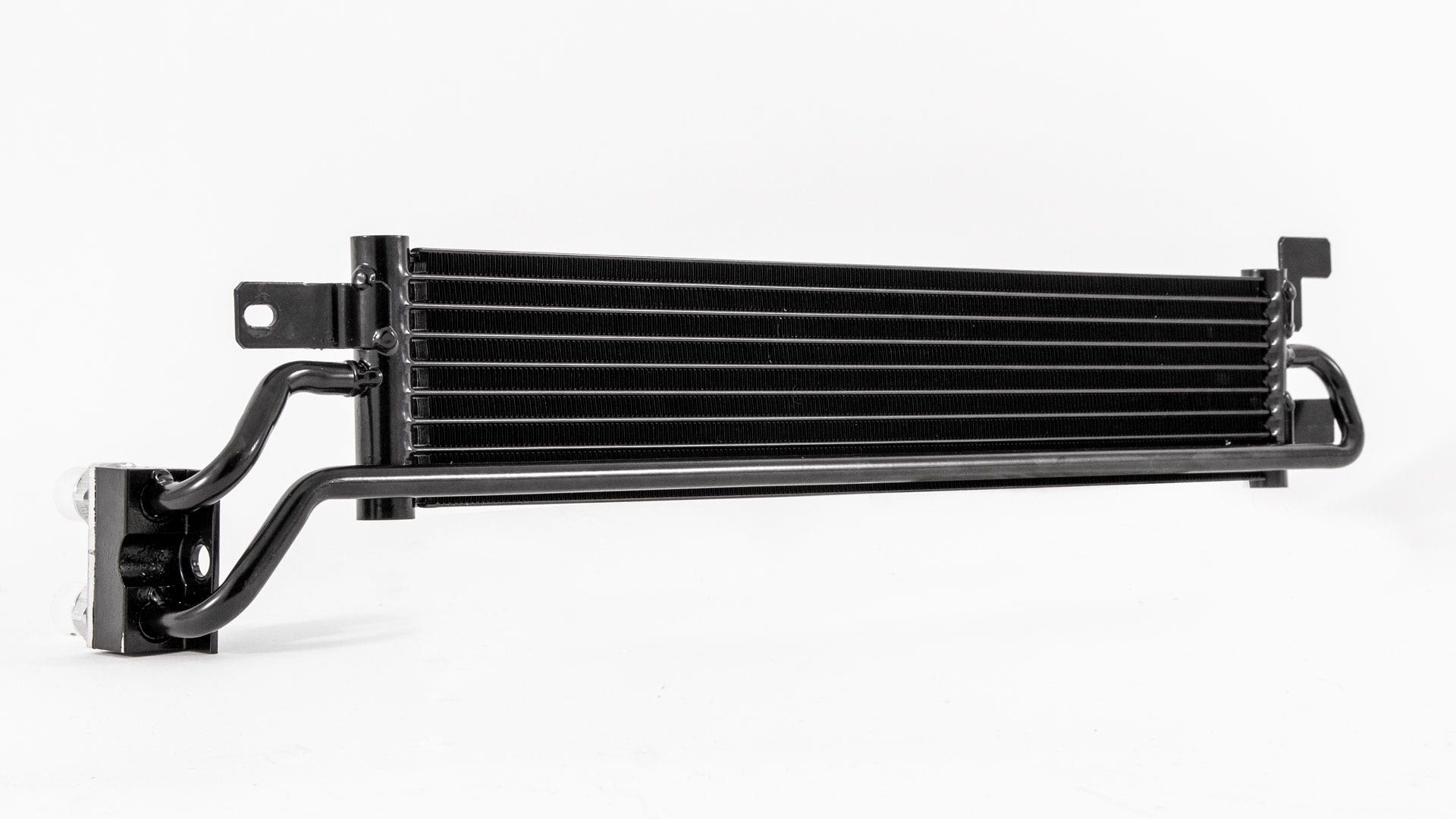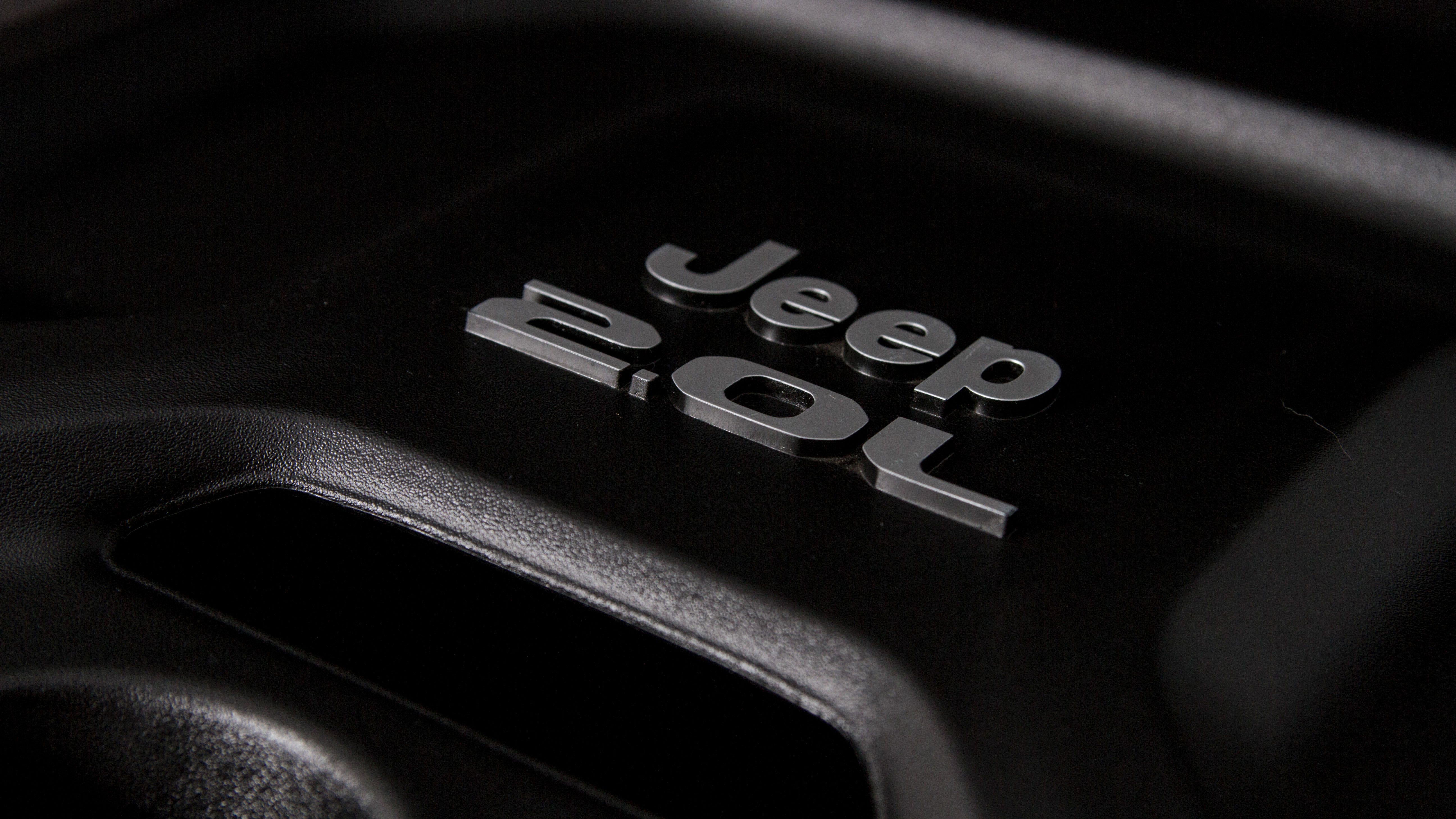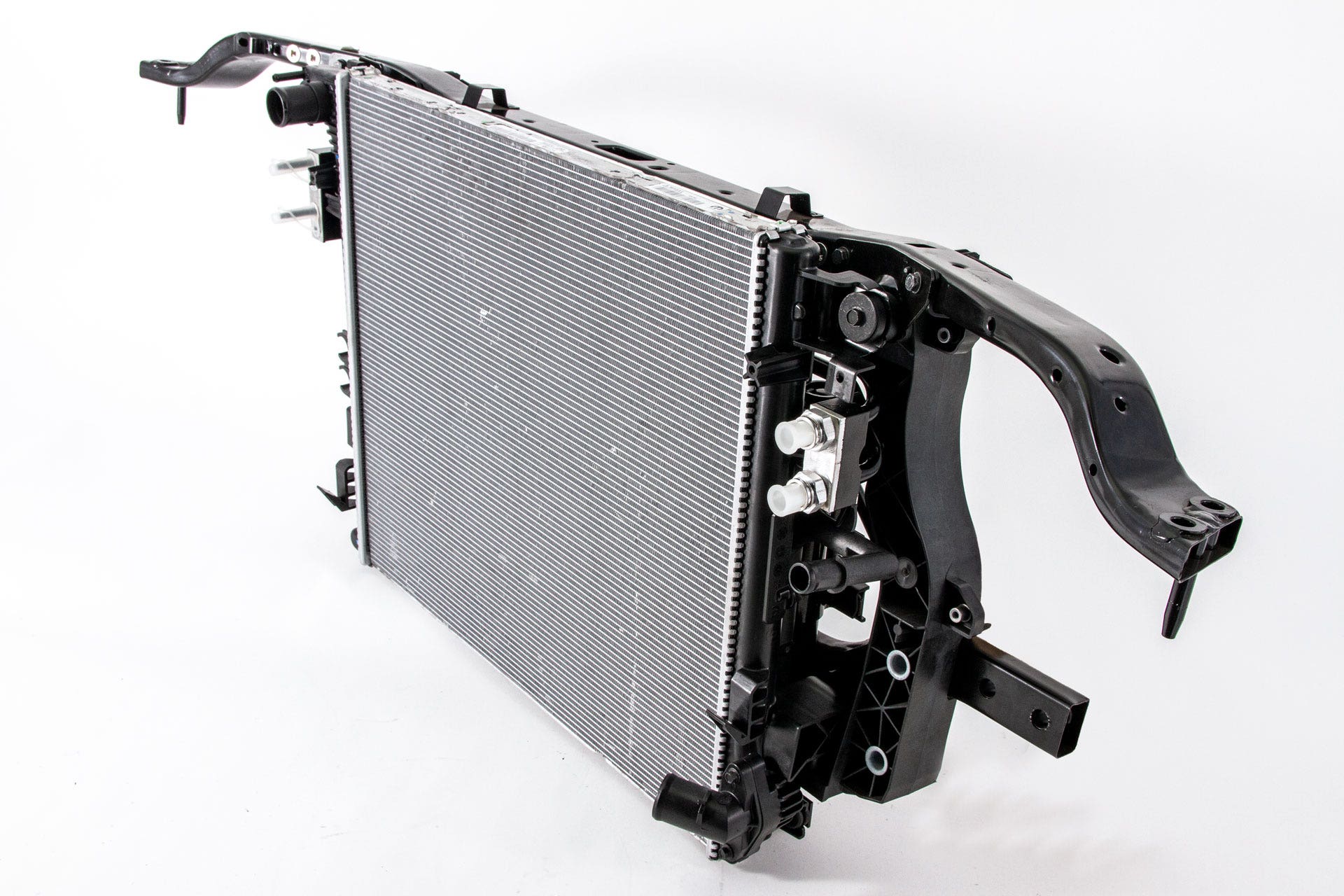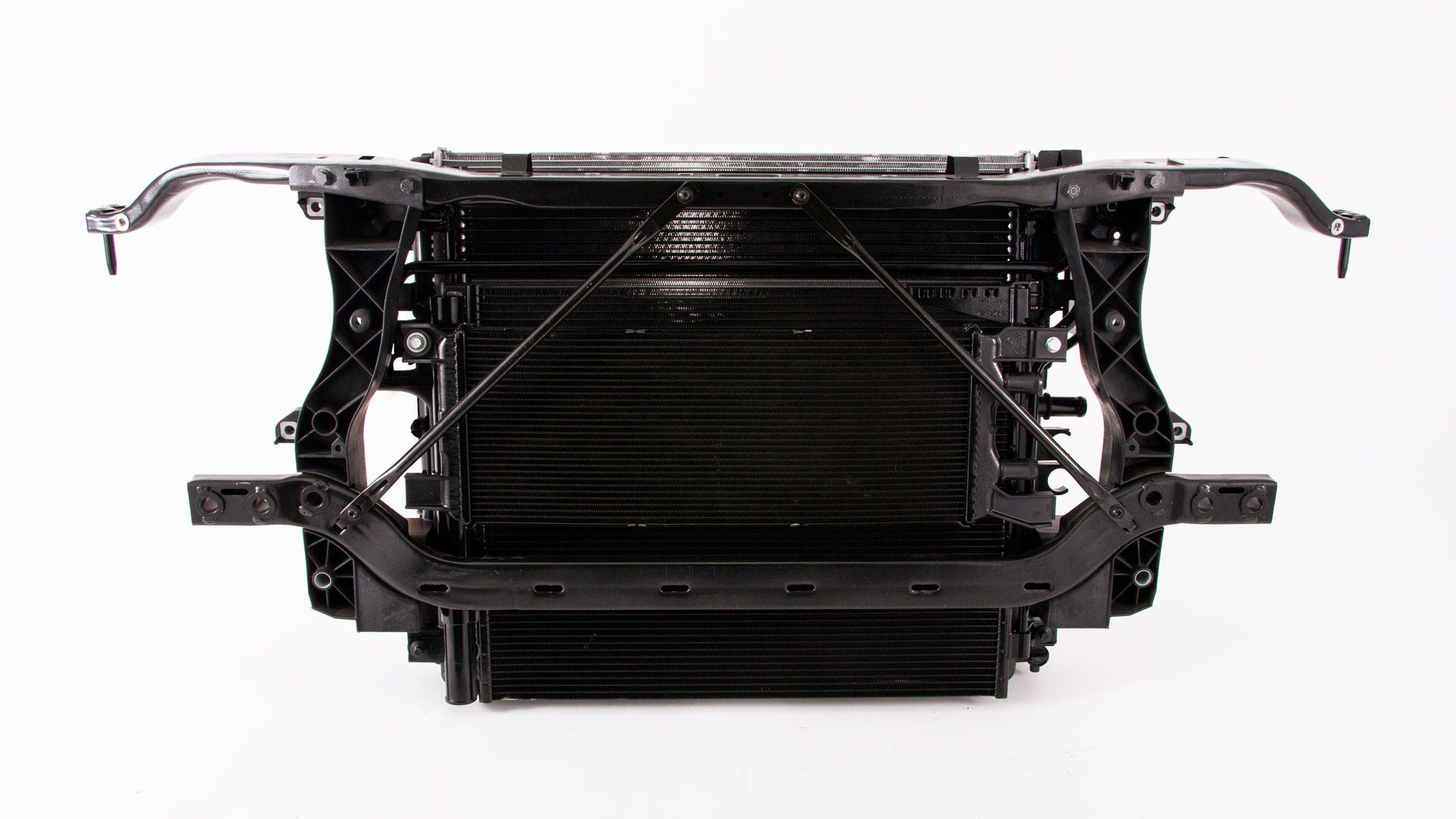
Steal the Limelight - Transmission Cooler R&D, Part 1: Stock Review
Engines get a lot of press these days. Every manufacturer wants to flaunt their latest, most fuel-efficient, technologically advanced, or powerful engine yet. The hype is even more prominent when manufacturers make drastic changes to a long-standing model, like the 2018+ Jeep Wrangler.
When FCA announced the 2018+ Wrangler JL in late 2017, all the journalists were clamoring for headlines on the new 2.0L, turbocharged, mild-hybrid engine. How would the mild hybrid perform offroad? Would the turbo lag make it a dog in stop and go traffic? What about that 24-volt power system? Everybody forgot about the 3.6L Pentastar that's powered the Wrangler, and over 20 other models, for almost a decade. But the 3.6L Pentastar wasn't the only thing forgotten in the fanfare over the new 2.0T.

No matter the vehicle, transmissions never manage to garner the same amount of limelight that engines and other high-profile components do. Nobody wants to think about what happens after all the explosions and fun noises. Nobody except for us and, hopefully, you.
At Mishimoto, we know that a vehicle is only as strong as its weakest link. That's why we take a holistic approach to our modifications. We've pampered the JL's high-profile engine with intakes and catch cans for both the 2.0T and 3.6L, plus a performance intercooler pipe for the 2.0T. Now we'll look at the transmission or, more specifically, the transmission cooler. This blog will focus on the 2.0T Wrangler, but the 3.6L and 3.0L diesel use the same transmission cooler, and the Mishimoto transmission cooler will fit all three.

In the 2.0T Wrangler, the transmission cooler has the misfortune of being crammed into the cooling stack with four other coolers: the primary radiator, secondary radiator, A/C condenser, and a battery cooler. If you own a 2.0T, you know how loud the fans are. Part of the reason is that they're trying to move air through what is, essentially, a solid block of plastic and aluminum. The fins on every heat exchanger in the cooling stack are so tight that it's a miracle air can move through them at all.

Luckily, the transmission cooler sits above the A/C condenser and battery cooler, and in front of the primary and secondary radiators. Unfortunately, that places it directly behind the radiator support and solid part of the grille. To make matters worse, the air passing through the cooler is hindered by the tight fin-pitch of the radiators behind. Just like the engine, the transmission cooler is only as efficient as the air flowing through it; if air can't get out, it can't get in either.
Since we can't move the transmission cooler anywhere else, we'll have to make our cooler as large as possible to make the most of the airflow that can pass through it. To get a better look at what we were working with, we removed the stock transmission cooler from our JL. With the trans cooler isolated, we could see that the stock cooler uses a fin pitch that's just as tight as the other heat exchangers. Otherwise, the stock transmission cooler is as simple as it gets. The tube-and-fin core is brazed to two cylindrical end tanks, each with a small bracket and tubes connecting the end tanks to a block with quick-disconnect fittings.

The overall design of our cooler will be just as simple as stock, with a few tricks to maximize what little air can move through it. In the next post, we'll look at making a prototype and fitting it to our JL. We'll also discuss how we can get the most out of such a small core in an equally small space. So, keep an eye out for the next post, and as always, let us know what you think!
Thanks for reading,
-Steve









